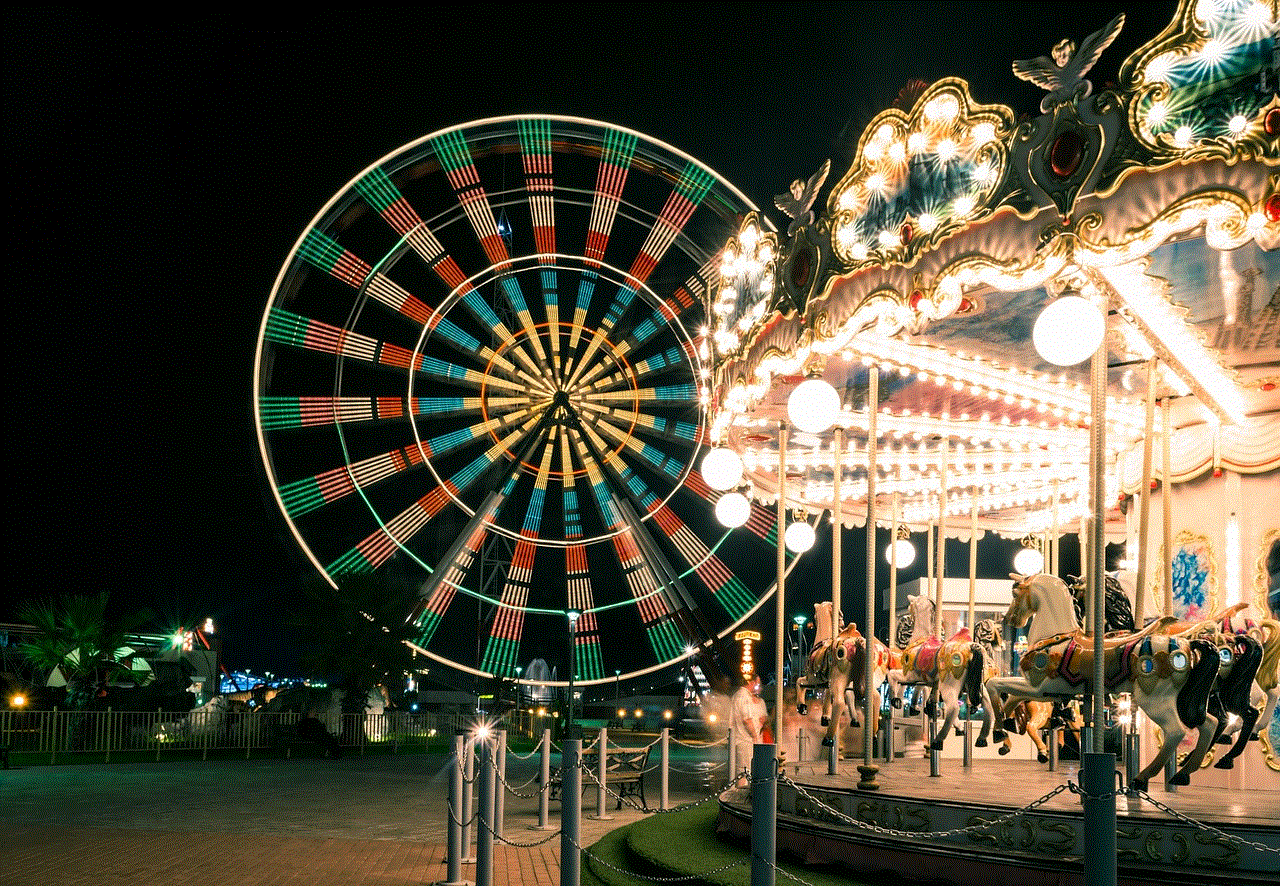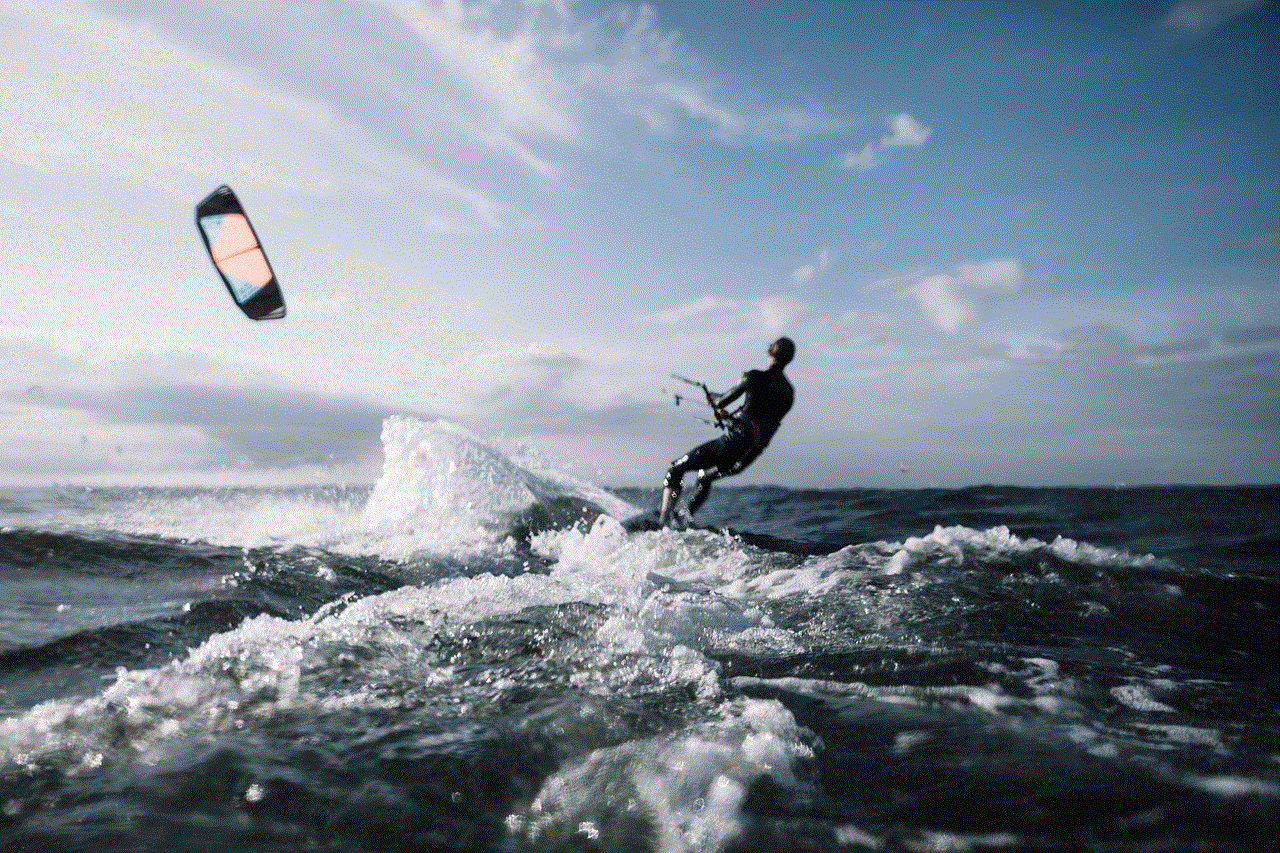blue whale (game)
Blue Whale: The Deadly Online Game
The internet has opened up a whole new world of entertainment and communication for people all over the world. With just a few clicks, one can access an endless array of websites, games, and social media platforms. However, with the rise of the internet, there has also been an increase in the dangers that come with it. One such danger is the online game, Blue Whale.
Blue Whale is a game that originated in Russia in 2013. The game is said to have been created by a psychology student named Philipp Budeikin, who claimed that the game was designed to “cleanse society” by targeting those who he believed were of no value to the world. The game is a series of 50 tasks that are given to the players by a “curator,” who is in charge of the players’ progress. The tasks start off as simple challenges, such as waking up at a specific time or watching a scary movie, but they gradually become more dangerous and disturbing, with the final task being to commit suicide.
The game, which is also known as “Blue Whale Challenge” or “Blue Whale Suicide Game,” has gained worldwide attention due to its deadly nature. The game targets vulnerable teenagers and preys on their insecurities and mental health issues. It is estimated that over 130 suicides have been linked to the game, with the majority of the victims being teenagers.
The game has been described as a “virtual cult” that brainwashes its players and convinces them that there is no way out. The tasks are designed to isolate the players from their friends and family, making them feel like they have no one to turn to. The curators, who are usually older individuals, manipulate the players by gaining their trust and then convincing them that they are part of an elite group that is superior to the rest of society.
The name of the game, Blue Whale, is believed to have been inspired by the behavior of actual blue whales, who sometimes beach themselves on purpose, leading to their death. Similarly, the game encourages its players to take their own lives as the final task. The players are told that by completing the game, they will become part of a “blue whale group” and that their death will be seen as an act of bravery.
One of the most concerning aspects of the game is that it is played in secret. The players are not allowed to talk about the game or share their progress with anyone, which makes it difficult for parents and authorities to identify those who are playing it. The game is spread through social media platforms, where the players are recruited by the curators. The players are also required to document their progress by taking photos and videos of themselves completing the tasks, which they then have to send to the curators as proof.
The game has spread to various countries, including the United States, India, and Brazil, with reports of suicides linked to the game emerging from these countries. The first case of a Blue Whale-related suicide in the United States was reported in 2017, when a 15-year-old boy from Texas took his own life after playing the game. In India, a 14-year-old boy jumped off the roof of a building after completing the game’s final task. These are just a few examples of the devastating impact that Blue Whale has had on young lives.
In response to the growing concern over the game, various governments and organizations have taken steps to raise awareness and prevent more deaths. The Russian government has banned websites that promote the game and has arrested several individuals who were involved in the creation and distribution of the game. In the United States, organizations such as the National Center for Missing and Exploited Children have issued warnings to parents and schools about the game, urging them to educate children on the dangers of the internet and to monitor their online activities.
In addition to the dangers of the game itself, Blue Whale has also raised concerns about the mental health of young people. The game has exposed the vulnerability of teenagers and the need for better mental health support. Many of the victims of the game were struggling with depression, anxiety, and other mental health issues, making them easy targets for the curators. This has sparked a conversation about the importance of addressing mental health issues in young people and providing them with the necessary support and resources.
Blue Whale has also highlighted the need for parents to be more involved in their children’s online activities. With the internet being such an integral part of everyday life, it is crucial for parents to educate themselves on the various dangers that their children may encounter online. This includes monitoring their children’s social media and gaming activities and having open and honest conversations about internet safety.
In conclusion, Blue Whale is a deadly game that has caused immense harm and devastation to young lives. It is a stark reminder of the alarming power that the internet holds and the need for better regulations and safety measures. While authorities are working towards eradicating the game and raising awareness, it is ultimately up to parents and individuals to protect themselves and their loved ones from the dangers of the internet. It is crucial to educate ourselves and our children on internet safety and to pay attention to any warning signs of mental health issues. Let us use this tragic example to prevent any more lives from being lost to the deadly game of Blue Whale.
how to tell if someone blocked me
Being blocked by someone on social media or messaging platforms can be a frustrating experience. It can leave you wondering why the person took such an action and what you might have done to cause it. Unfortunately, most platforms do not give a direct notification when someone blocks you, making it difficult to know for sure. However, there are some telltale signs that can help you determine if someone has blocked you . In this article, we will explore how to tell if someone has blocked you and what to do if you suspect that you have been blocked.
Before we dive into the signs of being blocked, let’s first understand what blocking means on social media platforms. Blocking someone on social media means that the person will no longer be able to see your profile, posts, or messages. It also prevents you from seeing their profile, posts, or messages. Essentially, you will both be invisible to each other on the platform. This action is often taken to avoid unwanted communication or to protect one’s privacy.
Now, let’s look at some signs that can help you determine if someone has blocked you:
1. You are no longer able to see their profile or posts
One of the most obvious signs that someone has blocked you is that you cannot see their profile or any of their posts. This means that if you were previously friends or following the person, their profile will no longer appear on your list of friends or followers. Additionally, if you try to search for their profile, it will not show up. This is a clear indication that you have been blocked.



2. Your messages are not delivered or marked as sent
If you have been blocked, any messages you send to the person will not be delivered. On some platforms, they may be marked as “sent” or “delivered,” but the person will not receive them. This could also happen if the person has deactivated their account, so it is not a foolproof sign of being blocked. However, if you suspect that you have been blocked and your messages are not being delivered, it is a good idea to try messaging the person from another account or asking a mutual friend to check if they have received your messages.
3. You cannot tag the person in posts or comments
On most social media platforms, when you try to tag someone who has blocked you, their name will not appear in the list of suggestions. This is because their profile is no longer visible to you. If you try to tag them in a post or comment by typing their username, the platform will not allow you to do so. This is another clear sign that you have been blocked.
4. You are unable to add the person as a friend or follow them
If you were previously friends or following the person, you will not be able to add them again or follow them if they have blocked you. Any attempts to do so will either result in an error message or the request will simply go unnoticed. This is because the person has blocked you, making it impossible for you to interact with them on the platform.
5. The person’s profile picture or status does not change
On most social media platforms, when someone blocks you, their profile picture or status will not update. This means that if the person changes their profile picture or status, you will not be able to see the changes. However, this is not a foolproof sign of being blocked as the person may have simply not updated their profile or status.
6. You cannot see any comments or likes from the person
If you were previously friends or following the person, you would have been able to see their comments and likes on mutual friends’ posts. However, if you have been blocked, you will no longer be able to see any activity from the person, including comments or likes on mutual friends’ posts. This is because they are no longer visible to you on the platform.
7. The person’s profile appears as “User not found”
On some platforms, when you try to access the profile of someone who has blocked you, it will show up as “User not found.” This is a clear indication that the person has blocked you. However, this could also mean that the person has deactivated their account, so it is not a definitive sign of being blocked.
8. Your calls are not answered or go straight to voicemail



If you have the person’s phone number and try to call them, it is a good way to check if you have been blocked. If the call goes straight to voicemail or is not answered, it could mean that the person has blocked you. However, this could also happen if the person has blocked all calls from unknown numbers, so it is not a foolproof sign of being blocked.
9. Mutual friends have unfriended or unfollowed you
If you have mutual friends with the person who you suspect has blocked you, it is a good idea to check if they are still friends or following you. If they have unfriended or unfollowed you, it could be a sign that the person who has blocked you has asked them to do so. However, this could also happen for other reasons, so it is not a definite sign of being blocked.
10. You have been blocked on other platforms as well
If you are friends or following the person on multiple social media platforms, and you have been blocked on all of them, it is a strong indication that the person has intentionally blocked you. This is because it is highly unlikely for someone to block you on all platforms without a reason.
If you have noticed one or more of these signs and suspect that you have been blocked, here are a few things you can do:
1. Respect the person’s decision
If someone has blocked you, it is important to respect their decision. It could be for personal reasons, and it is their right to choose who they want to interact with on social media. Do not try to contact them through other means or create a new account to interact with them. This will only make the situation worse and could result in you being reported or blocked again.
2. Do not confront the person
Confronting someone about blocking you can come across as aggressive and may make the person more likely to block you on other platforms or in real life. It is best to accept the fact that they have blocked you and move on.
3. Consider reaching out to the person through other means
If you have a good relationship with the person outside of social media, it may be a good idea to reach out to them through other means, such as a phone call or text message. This will allow you to have an open and honest conversation about why they blocked you and potentially resolve any issues.



4. Be mindful of your actions on social media
Being blocked by someone can be a wake-up call to re-evaluate your behavior on social media. If you have been blocked, it is important to reflect on your actions and see if there is anything you can change to avoid being blocked in the future.
In conclusion, being blocked on social media can be a confusing and frustrating experience. However, there are some signs that can help you determine if someone has blocked you. If you suspect that you have been blocked, it is best to respect the person’s decision and not confront them. Instead, focus on improving your behavior on social media and maintaining healthy relationships with people outside of the platform.